Fruiting Bonsai Trees
1. Apple
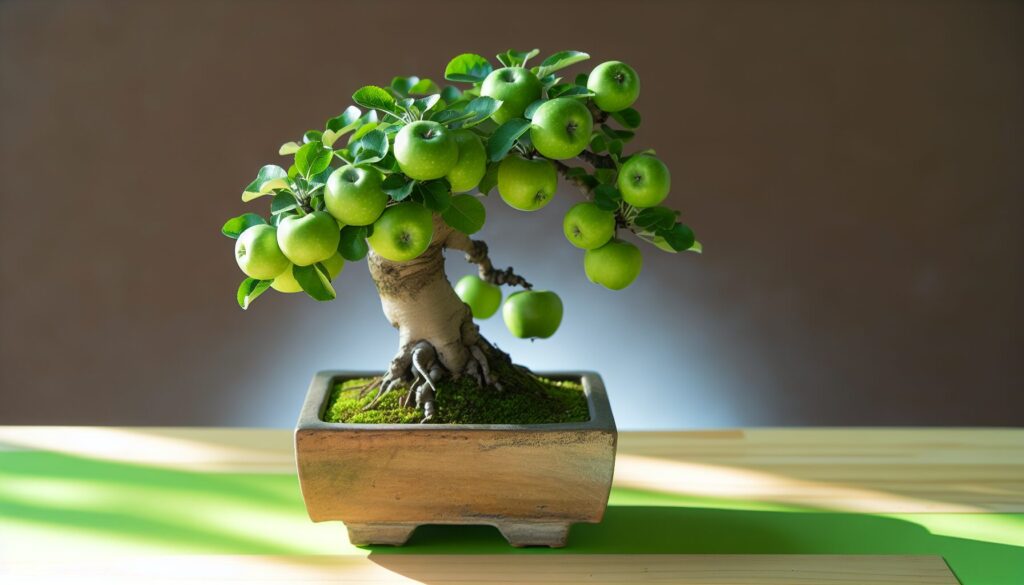
Apple Bonsai trees are truly remarkable. They look and grow like regular apple trees and, of course, they grow flowers and bear real miniaturized apples. It’s possible to grow an Apple tree as a bonsai tree.
To do so, plant your seed or cuttings in a small pot. As new growth emerges, move into a bright warm spot. Crab Apple bonsai trees also make for good apple bonsai trees.
2. Japanese Beautyberry
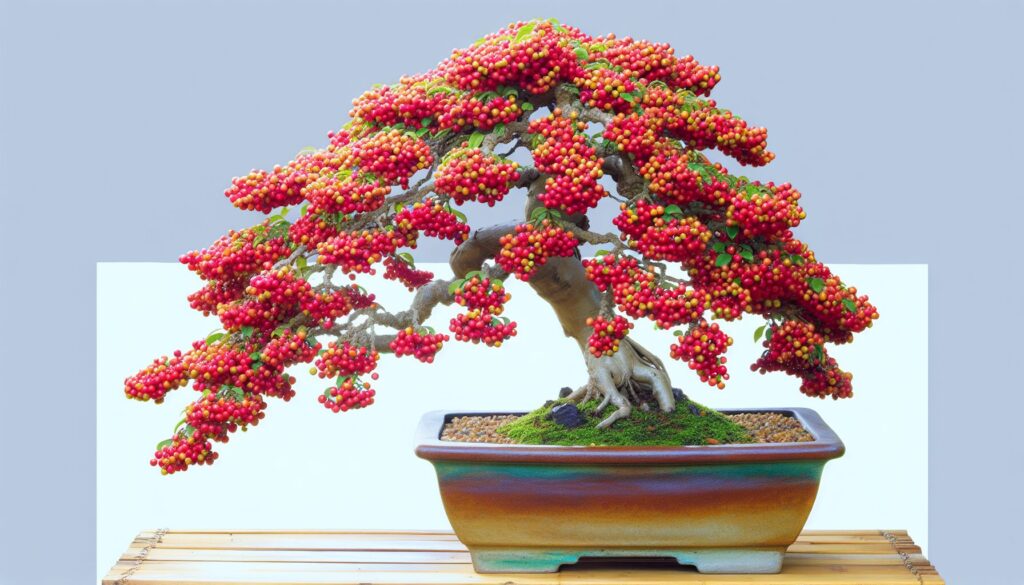
Callicarpa Japonica, also known as Japanese Beautyberry, is a unique choice due to its morphological variability and beautiful purple fruit. It’s a deciduous shrub widely distributed throughout Japan and is often cultivated in gardens for ornamental use.
The species is known to be morphologically variable, and several infraspecific taxa have been described. It’s considered a polymorphic species by its leaf characters which usually show a wide range of variation.
3. Lemon

The fruits of the Lemon Bonsai are a key feature that sets it apart. They are miniature versions of regular lemons, but they pack the same punch in terms of taste and aroma. These tiny lemons are fully edible and can be used in the same way as their full-sized counterparts.
The fruits start as small white flowers that bloom in the spring. As they get pollinated, they slowly develop into green fruits. Over time, these green fruits ripen into a bright yellow color, indicating that they are ready to be harvested.
4. Orange
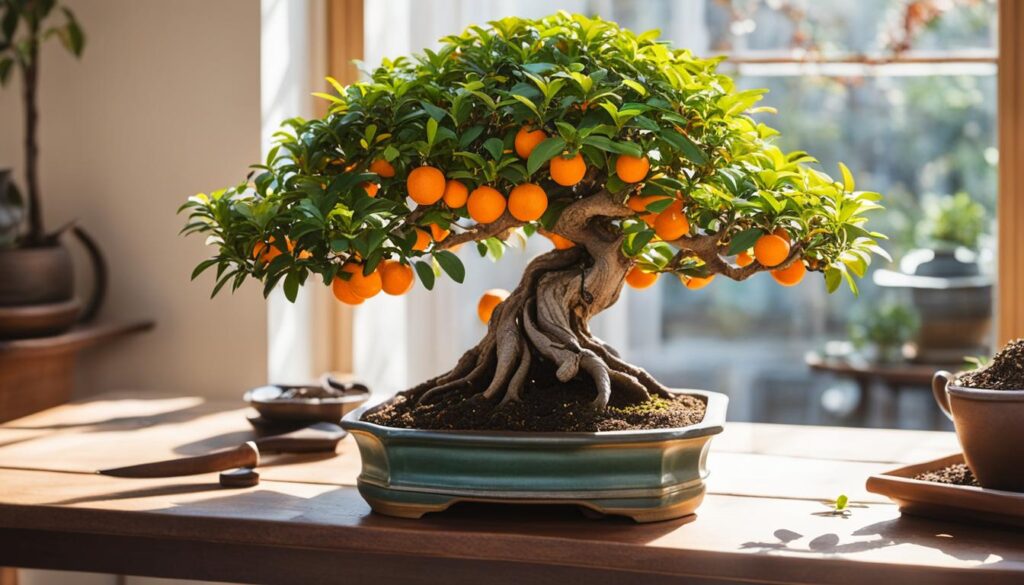
Similar to the Lemon bonsai, the fruits of the Orange Bonsai are a distinctive feature that makes it unique. They are smaller versions of regular oranges, but they retain the same tangy taste and refreshing aroma. These tiny oranges are fully edible and can be used in the same way as their full-sized counterparts.
The fruits begin as small white flowers that bloom in the spring. Once pollinated, they gradually develop into green fruits. Over time, these green fruits ripen into a bright orange color, indicating that they are ready to be harvested.
5. Winterberry
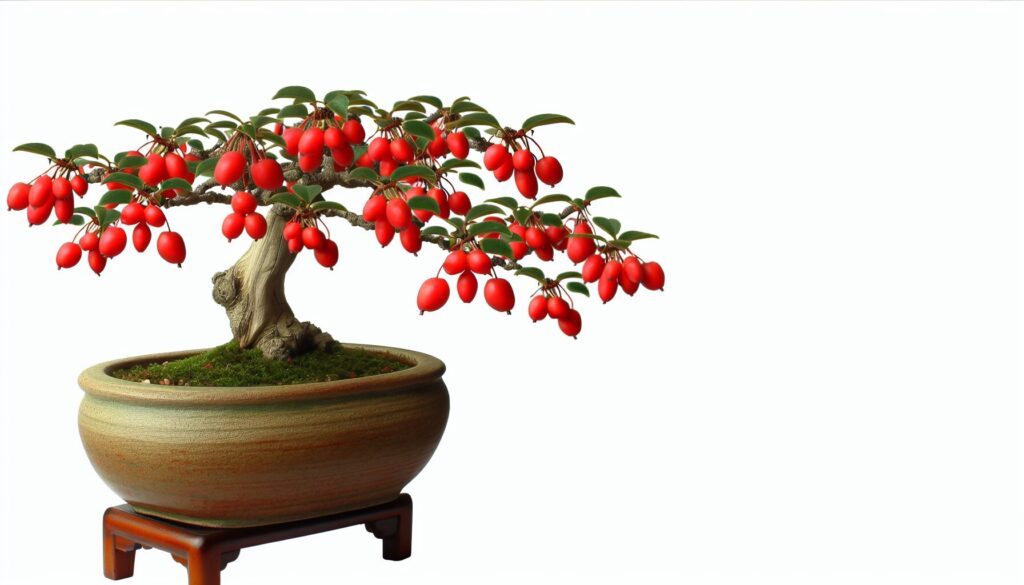
Japanese Winterberry, also known as Ilex serrata, is a deciduous shrub or small tree with dark green serrated leaves and light pink flowers. The female trees bear beautiful red berries which can last until next spring. It is native to Japan and can grow up to 4 m (13ft) high.
It’s especially popular for shohin-size bonsai, but there are also larger Ilex bonsai trees. The berries stand out beautifully on the bare twigs in autumn and winter, making it a stunning addition to any garden.
6. Pomegranate
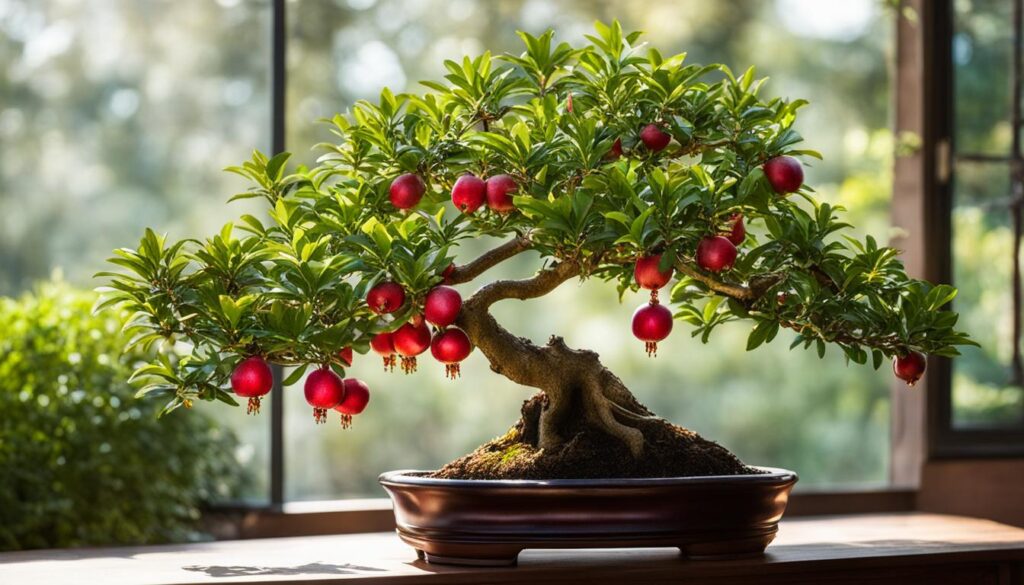
Pomegranate Bonsai trees, known scientifically as Punica granatum, are very popular among bonsai enthusiasts. They are deciduous trees that drop most or all of their leaves in the winter.
These trees have striking flowers that bear fruit and a thick trunk with attractive bark. The trunk has a natural twist that gives a gnarled and ancient appearance, which is very appreciated in bonsai.
7. American Persimmon

The American Persimmon, or Diospyros virginiana, is a deciduous tree that can grow from small to medium-sized. The trunk is usually short and slender, supporting bending branches spread widely. The flowers half-blossom in May and June.
Along with flowers, this species of plant also bears fruits. The tree grows at a slow pace, with an annual growth of up to 24 inches (ca. 61 cm) only. It takes around 10 to 15 years to grow properly. Before enjoying the fruits of persimmon, you need to wait 15 years.
8. Cherry (Sakura)
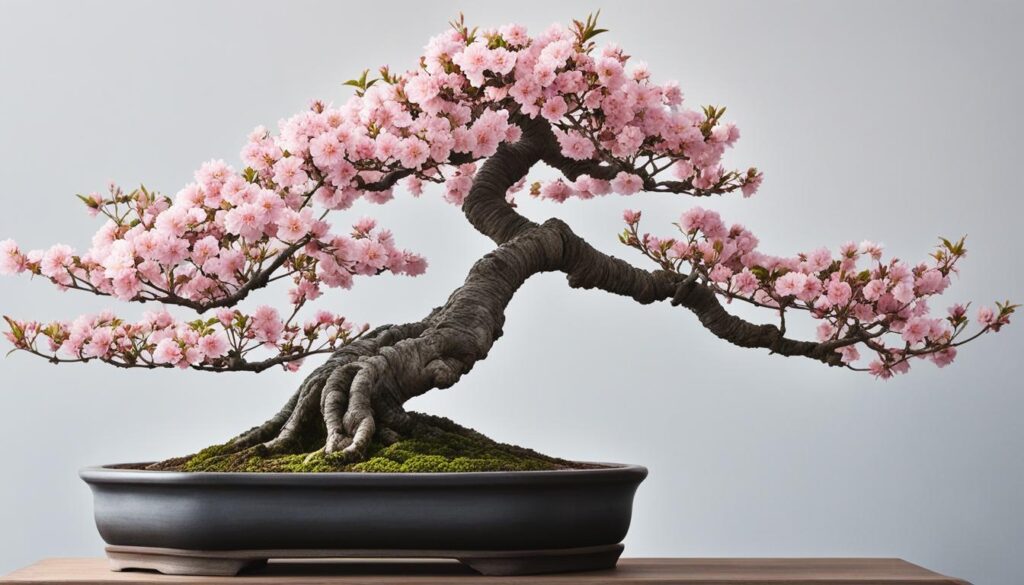
Oh! This one is my favorite! Cherry Bonsai trees are celebrated for their fruit-bearing capacity. The trees produce beautiful white or pink flowers in spring, which later give way to delicious fruits in summer.
The fruiting process adds an extra layer of aesthetic appeal to these already stunning trees. The size of the fruit depends on the specific species of the cherry tree.
9. Ficus (FIg)
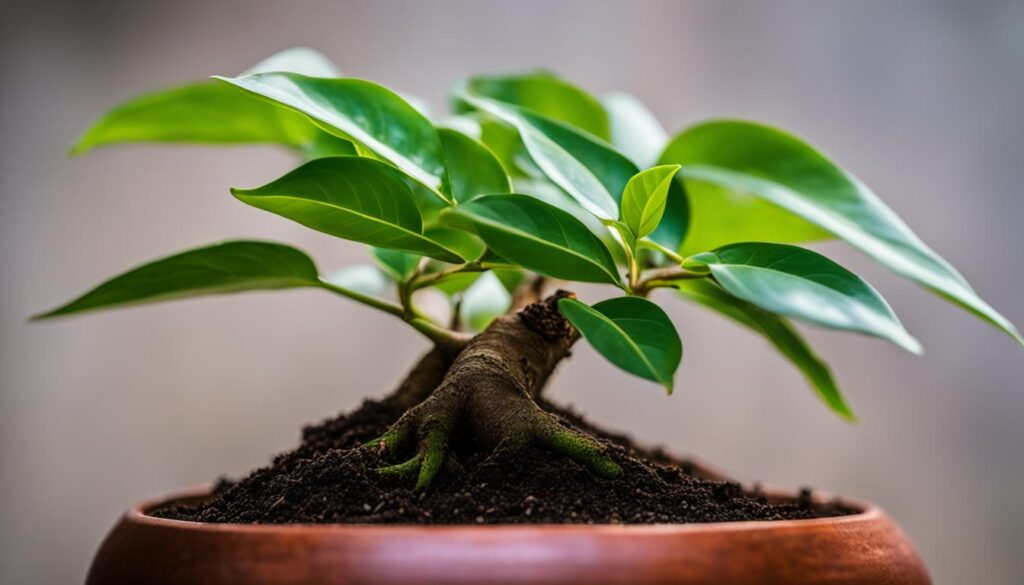
Fig Bonsai trees thrive in warm, humid conditions and need bright, indirect light to produce fruit. If they do not receive enough light, they will produce fewer fruits. Many growers prefer liquid organic fertilizer, as it can be diluted half-strength with water.
Apply this every one or two weeks. With proper care and maintenance, Fig Bonsai trees can be a beautiful addition to any indoor garden and can produce delightful fruits.
10. Quince
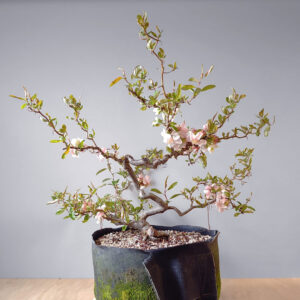
Quince Bonsai trees, particularly Chaenomeles species, are known for their attractive and sometimes edible fruits. The little yellow-golden fruits which the tree bears in fall are somewhat bitter or tart, and are often used for jellies and preserves.
They have high nutritional value due to the presence of vitamin C. The fruit is waxy, durable, and pleasantly fragrant, which makes it a perfect addition to a potpourri basket.
So these were my favorite Fruit-bearing Bonsai. Comment below if you got any questions. I’d love to answer you!
11. Mango
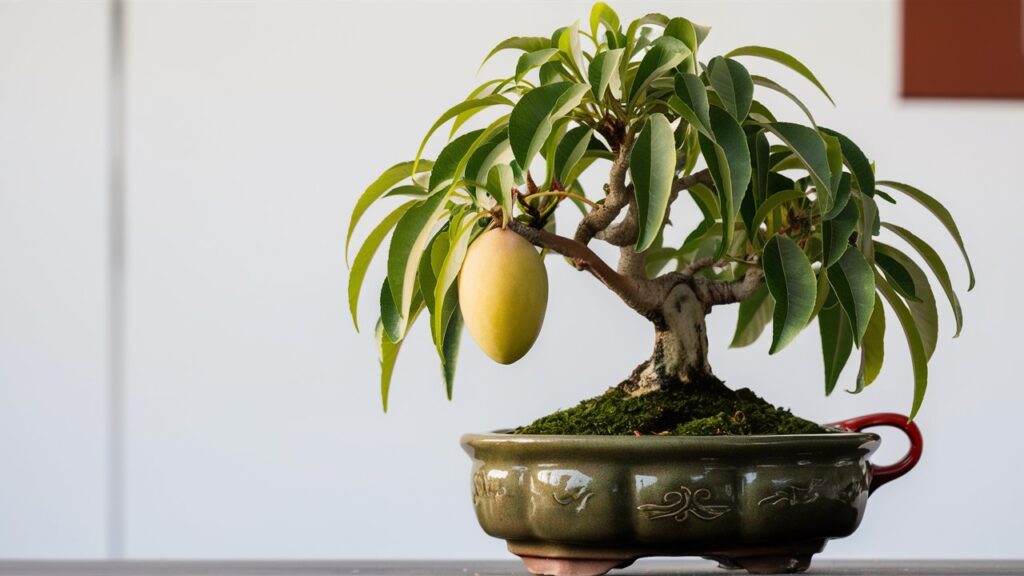
Imagine having a tree that produces juicy mangoes and looks like a work of art in your living room. It’s a win-win situation. But, beyond the aesthetics, mango bonsai trees are also a great way to learn about horticulture and tree care.
